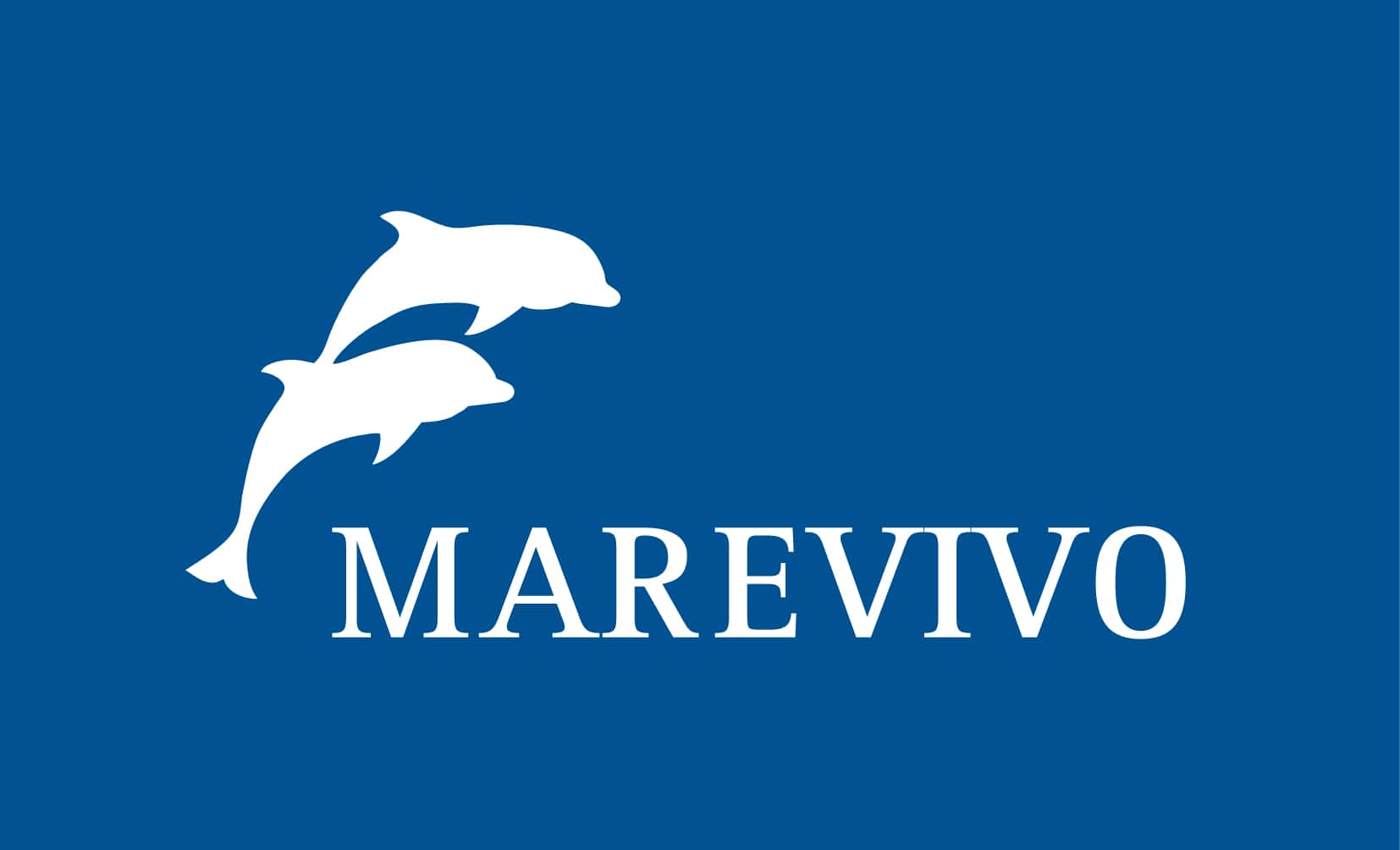According to a 2016 study published in the journal Environmental Science & Technology, every time synthetic fabrics are washed, microfibers are released, and 40 percent of them inevitably end up in water bodies.
The fight to prevent tiny plastic particles from dispersing into the oceans and entering the food chain could start with washing machines, but not only.
Marevivo
– a national association that cares about issues such as the conservation of biodiversity, sustainable development, the enhancement and promotion of marine protected areas, the fight against pollution and illegal fishing, environmental education – after obtaining the ban on microplastics in cosmetics, has launched a campaign to protect the sea of pollution that are apparently imperceptible but that create harm to animals and animals. to man. This is #StopMicrofibre, a campaign dedicated to raising awareness of the problem of microplastics released by synthetic fabrics in the washing machine.
As is well known, these invisible pollutants are now everywhere. A single load, in fact, produces millions of microfibers less than 5 mm in size that pour into the sea where they are ingested by marine organisms, thus entering the food chain. 40% of the microfibers are not retained by the treatment plants and end up in the environment. A city like Berlin, for example, releases an amount equivalent to 540,000 plastic bags every day.

Acrylic, specifically, is one of the worst fabrics, five times more than cotton-polyester blend fabric. This is what emerged from the study
“Evaluation of microplastic release caused by textilewashingprocesses of syntheticfabrics” De Falco, F.
, et al., published in EnvironmentalPollution (2017) according to which a single load of 5 kg of polyester material produces between 6 and 17.7 million microfibers. The latter are also increasingly found in aquatic filter feeders such as mussels and oysters, but also in the stomachs of fish and seabirds, in sediments, in table salt and bottled water.
Once they enter the marine ecosystem, harmful microfragments begin to absorb pollutants and toxic substances and are ingested by organisms that mistake them for food; They accumulate in tissues in ever-increasing concentrations as they move up the food chain until they potentially reach humans.
What the environmental association Marevivo is asking for is the opportunity to invest in research and innovation in the textile sector and improve wastewater treatment. It is necessary, therefore, to design more effective filtering systems for washing machines and try to reduce as much as possible purchases, recycling and reuse.

